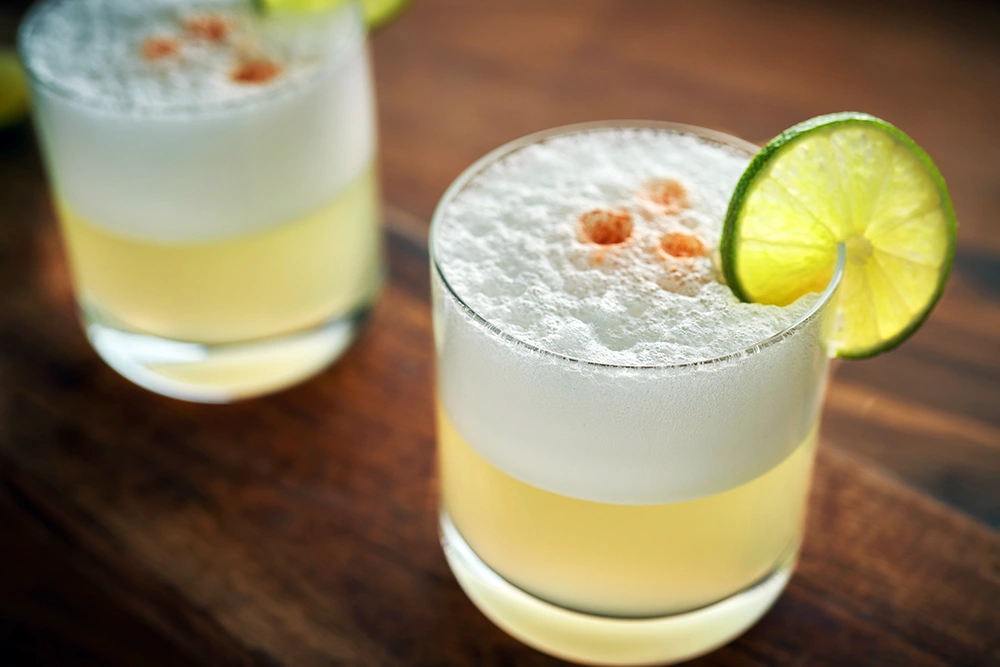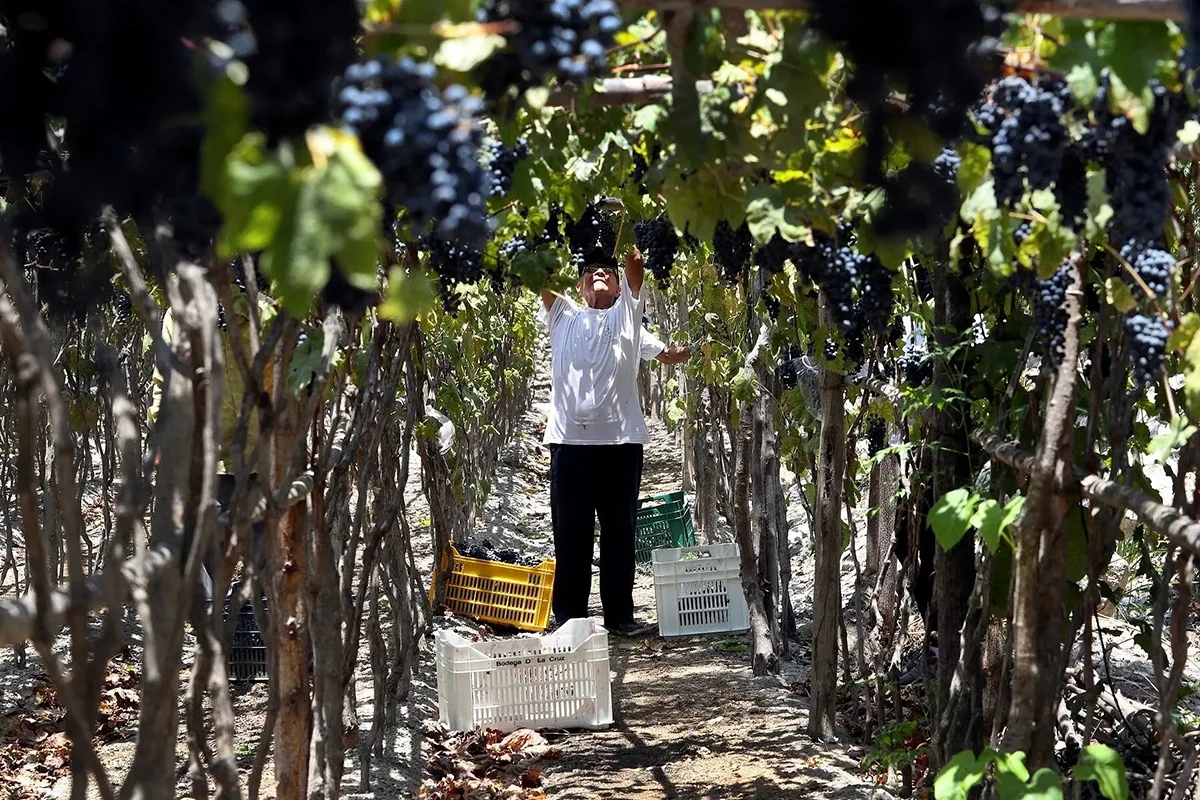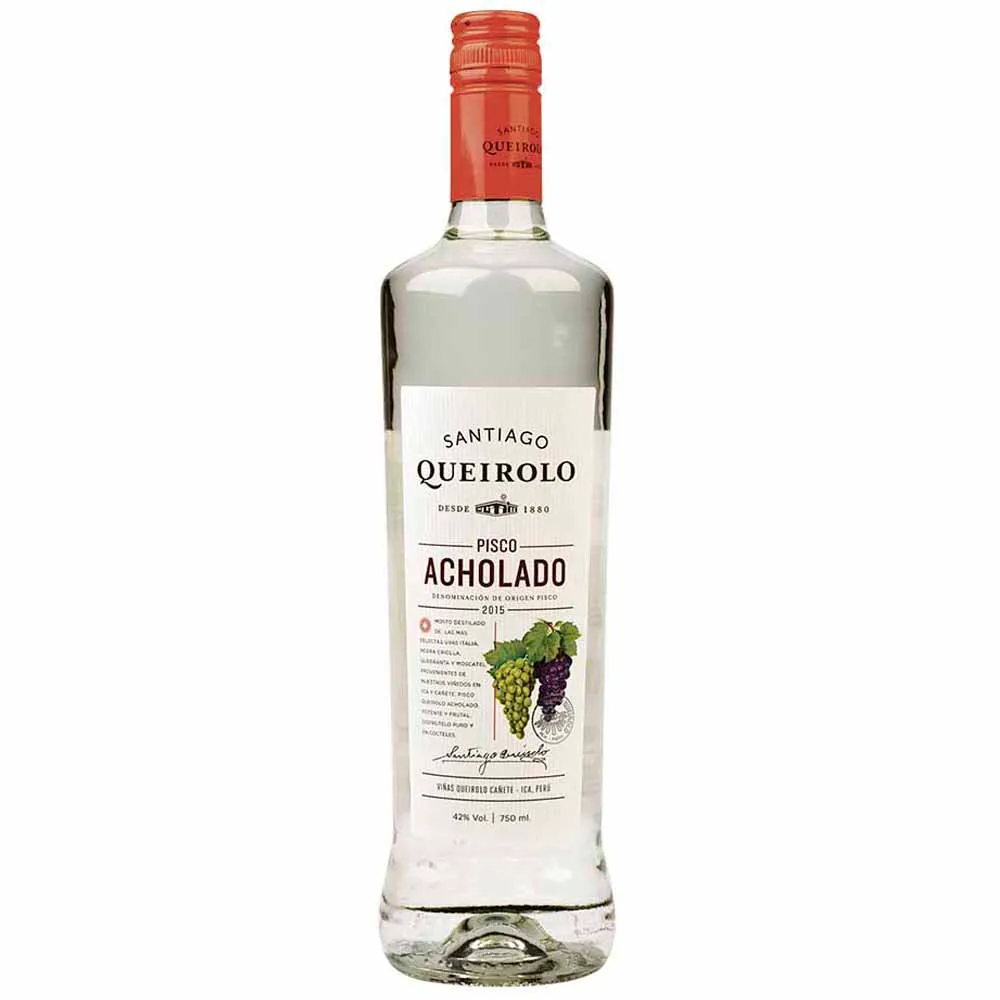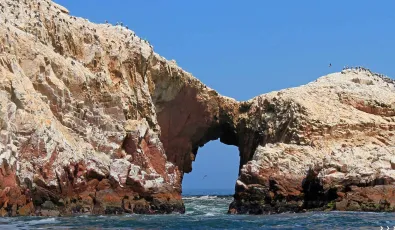The origin of Peruvian Pisco dates back to the 16th century, in the middle of the colonial period, when the Spanish brought the vine to this country. Its characteristic name comes from the Quechua language, which means bird. It was named after the abundant birds in the coastal region where this exquisite liquor was made.
It is a splendid association between nature and a drink that represents very well what a new environment means for fruit and what can be obtained with ingenuity to enjoy its flavor and benefits thoroughly.
The history of Pisco: from conquest to international fame
Pisco’s journey started modestly during the Spanish conquest and colonization. At first, it was an unexpected development, but over time, it gained popularity. As the years went by, the creators refined the drink, using grape varieties the Spanish brought over, which successfully adapted well to Peruvian soil and climate.
Like other drinks from other latitudes, its fame can be credited to its quality, unique flavor, and aroma. Now, it is recognized throughout the world with the same prestige as Peruvian cuisine, and it serves as a perfect match for many of its dishes.
Colonial origins: from the 17th century to Independence
It’s believed that pisco’s origins go back to the 16th century, but by the 17th century, its production had already spread across various parts of the Peruvian coast. Pisco had begun to establish itself as a local favorite, even crossing the borders of the Viceroyalty of Peru.
Even with the challenges of the fight for independence, pisco’s production and reputation kept growing. In fact, it ramped up in the 17th century when the Spanish Crown banned the import of wines from the region into Spain. This persistence in tough times shows the resilience of the Peruvian people.
However, Pisco still had a journey ahead—it needed to reach new countries, winning over those who tried it and turned into loyal fans.
Revival and international recognition
What started in the 17th century as a ban on exporting wine from the Viceroyalty of Peru to Spain ended up fueling the creativity and determination of the locals, leading to the creation of the unique drink we now know as pisco.
To prevent the wine from spoiling, Peruvian producers began distilling it, which gave rise to pisco and quickly spread its consumption across the region. Long before the country gained independence, pisco had already crossed borders.
From then until now, pisco has become a symbol of Peru, standing alongside iconic landmarks like Machu Picchu and the Nazca Lines. It's so famous that every year, it receives international recognition, and since 1991, it has held a protected designation of origin, though that status is still contested by Chile.
›› Read More: 10 Peruvian Drinks for Your Culinary Adventure
Pisco grapes: varieties and diversity
In the production of pisco, grapes are classified into two types. The final product depends on the type of grape and the production process. You get pisco puro when only one grape variety is used, pisco mosto verde when it's made from partially fermented musts, and pisco acholado when different grapes, musts, or even types of pisco are blended.
The aromatic grapes include torontel, italia, albilla, and moscatel, while the non-aromatic grapes are negra criolla, mollar, uvina, and quebranta.
How is Pisco made?
Making pisco requires patience and careful attention at every stage. It also calls for a good understanding of the different grape varieties and their unique characteristics to get the desired type of pisco. This process has several steps that must be strictly followed:
Harvest
- Just like any other craft, a good start is key to a good result. Grapes need to be harvested at the perfect moment, usually between February and March, when their acidity and sugar levels are just right.
Maceration and pressing
- Once harvested, the grapes go through a destemming machine, which separates the fruit from the stem and extracts the juice, creating what’s known as must.
Fermentation
- The must is then placed into jars or tanks, where fermentation begins with the help of yeast. Temperature control is crucial here to ensure the yeast doesn’t settle or solidify at the bottom of the container.
Distillation
- After fermentation, a wine is obtained that will be the base of pisco, which is then distilled at temperatures between 80 and 100 degrees Celsius. The steam is collected through condensing pipes, producing the pisco. This process is only done once, and no distilled water is added to dilute it.
Resting
- To achieve a top-quality product, pisco usually rests for at least three months. During this time, particles settle, and the alcohol matures. After resting, it’s filtered, bottled, and finally ready to be enjoyed.
Types of Pisco
There are three types of Pisco, each of them very well characterized:
- Mosto Verde: It is made with musts that are not completely fermented so that what is obtained is more aromatic, with more of the flavor of the fruit, and its texture is silkier to the palate.
- Pure Pisco: made with a single strain or with a single type of grape.
- Acholado: It is made with several strains or types of grapes, different musts of these, or a mixture of different piscos.
Pisco in Peruvian culture
It is enough to know that Pisco is the iconic drink of Peruvian gastronomy, with a long history and a cultural process that made it possible that from the various grapes brought from Europe, in the land of what was the seat of the Inca Empire, what is appreciated today in almost the entire world was made.
It can be said, without a doubt, that Pisco is as representative of Peru as its great monuments, archaeological remains, pre-Hispanic traditions, cultural mix from the days of its Viceroyalty, gastronomy, and natural beauty.
Pisco is an emblem of Peru, its flag, and its cultural identity.


















Add new comment